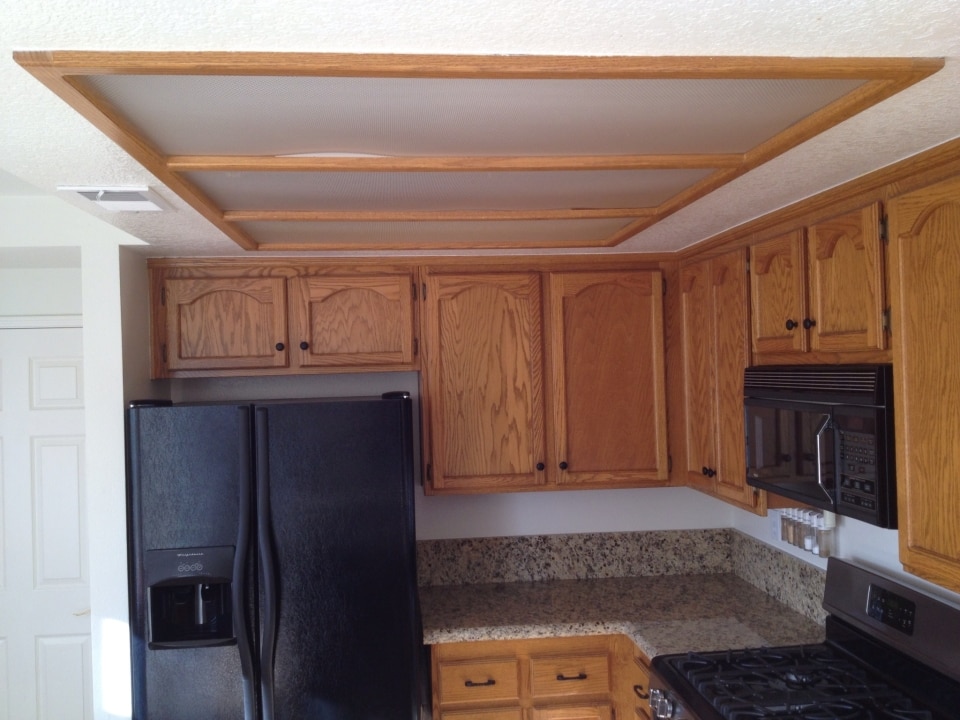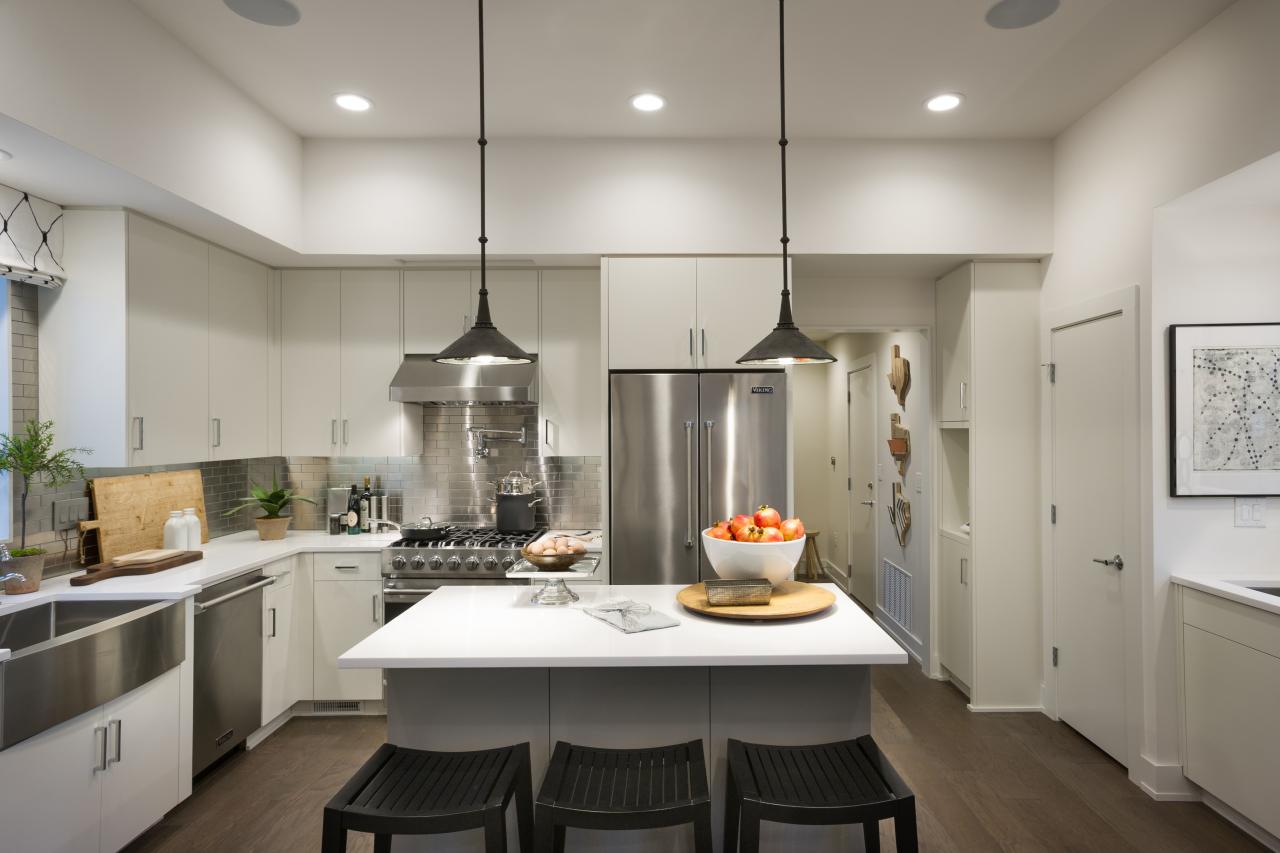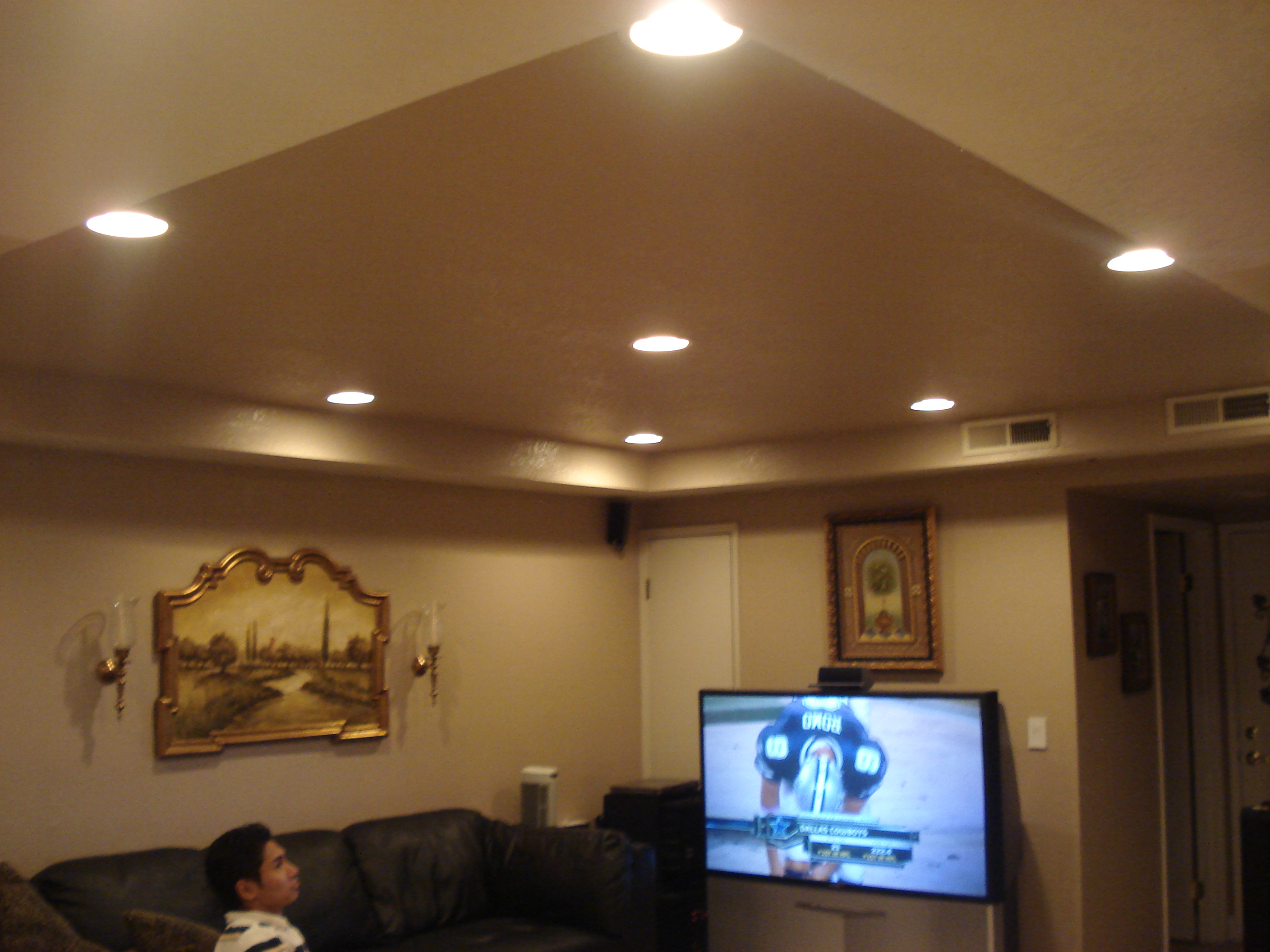Choosing the right kitchen lighting is crucial for creating a functional and aesthetically pleasing space. Recessed ceiling lighting, often referred to as can lights or pot lights, is a popular choice for kitchens due to its versatility and clean, modern look. When considering kitchen lighting ideas with recessed ceiling lights, it’s essential to take into account factors such as placement, spacing, and the type of bulbs used.
Recessed ceiling lights can be strategically placed to illuminate key areas of the kitchen, such as the countertops, sink, and stove. Proper placement ensures even and effective lighting, reducing shadows and creating a well-lit workspace. Consider the kitchen’s layout and identify areas that require focused illumination, such as food preparation zones, to maximize the functionality of recessed ceiling lights.
The spacing of recessed lights is critical to achieving balanced and uniform illumination. Too few lights may result in dark corners and insufficient light, while too many can create a harsh and overly bright environment. It’s recommended to follow a general guideline for spacing, with lights placed about 4 to 6 feet apart for general kitchen lighting. Adjustments can be made based on the kitchen’s size, layout, and specific lighting needs.

When exploring kitchen lighting ideas with recessed ceiling lights, consider incorporating dimmer switches. Dimmers provide flexibility in adjusting the light intensity according to different activities and moods. This feature adds a layer of versatility to recessed lighting, allowing homeowners to customize the ambiance in their kitchen, whether it’s for cooking, entertaining, or a cozy evening.
The type of bulbs used in recessed ceiling lights contributes significantly to the overall atmosphere of the kitchen. LED bulbs are a popular choice for their energy efficiency and longevity. They emit a crisp, bright light that closely resembles natural daylight, making them ideal for task lighting in the kitchen. Additionally, LED bulbs produce less heat, enhancing the comfort of the kitchen environment.
Consider incorporating different layers of lighting in the kitchen to create a well-rounded and visually appealing space. In addition to recessed ceiling lights, include pendant lights over the kitchen island or sink. This combination of lighting sources adds depth and dimension to the room, creating a more dynamic and inviting atmosphere. Pendant lights also serve as decorative elements that can complement the overall design of the kitchen.

In kitchens with high ceilings, consider installing recessed lights with adjustable trims. Adjustable trims allow the direction of the light to be changed, making it easier to highlight specific areas or features. This feature is particularly useful for accentuating artwork, architectural details, or certain elements of the kitchen design. It adds a layer of flexibility to recessed lighting, enabling homeowners to showcase their kitchen in the best light.
To enhance the overall aesthetic of the kitchen, select recessed lights with stylish trims that complement the design theme. From sleek and modern to more traditional or decorative trims, there is a wide variety of options to choose from. The trim serves as a visible element of the recessed light and can contribute to the overall decor of the kitchen.
Consider incorporating smart lighting technology into your kitchen with recessed ceiling lights. Smart lighting systems allow homeowners to control the intensity and color of the lights using a smartphone or voice commands. This level of automation adds convenience and can be particularly beneficial for adjusting the lighting to different activities or creating specific atmospheres in the kitchen.

In kitchens with open floor plans, recessed ceiling lights can be used to define different zones within the space. By strategically placing lights over specific areas, such as the dining table or a cozy seating nook, you can create visual boundaries and highlight different functional areas. This approach adds both practical and aesthetic value to the overall kitchen design.
Incorporate recessed ceiling lights with a wash feature to enhance ambient lighting in the kitchen. Wash lighting refers to lights that cast a broad, even illumination over a large area. This can be achieved by selecting recessed lights with a wider beam angle or by strategically placing them to create a wall-washing effect. This technique helps eliminate dark corners and contributes to a more uniformly lit space.
For kitchens with unique architectural features or focal points, consider using recessed lighting to accentuate these elements. Adjustable recessed lights with narrow beams can be directed towards specific features, such as exposed beams, architectural columns, or a stylish backsplash. This accent lighting adds drama and visual interest to the kitchen, drawing attention to its distinctive design elements.
When planning the installation of recessed ceiling lights, take into account the kitchen’s color scheme and materials. Light-colored surfaces reflect more light, contributing to a brighter and more open feel. Darker surfaces may absorb more light, so additional fixtures or higher-wattage bulbs might be necessary to achieve the desired level of illumination. Paying attention to the interplay between light and surfaces ensures a harmonious and well-balanced kitchen lighting design.
To avoid the “cave effect” in kitchens with lower ceilings, consider using shallow or low-profile recessed lights. These fixtures sit closer to the ceiling, providing ample light without creating a visually intrusive presence. Low-profile recessed lights are a practical solution for kitchens with limited ceiling height, as they help maintain an open and spacious feel while still delivering effective illumination.
Lastly, when implementing recessed ceiling lights in the kitchen, it’s essential to work with a qualified electrician or lighting designer. Professional assistance ensures that the installation meets safety standards and local building codes. Moreover, experts can provide valuable insights into the most effective placement and configuration of recessed lights based on the specific characteristics of the kitchen.
Exploring kitchen lighting ideas with recessed ceiling lights involves thoughtful consideration of placement, spacing, bulb types, dimmers, decorative trims, adjustable features, smart technology, ambient lighting, accent lighting, and the interaction with the kitchen’s color scheme and materials. By carefully integrating these elements, homeowners can create a well-lit, functional, and visually appealing kitchen that suits their unique preferences and lifestyles.

How to remove and replace a large fluorescent light box from your kitchen and upda… Diy

How To Change Fluorescent Lights Over To Recessed Lights Recessed Lighting

Tray Ceiling With Beams Tray Ceiling With Beams – Google Search Project – Modern Farmhous

ceiling lights Kitchen ceiling fixtures, Living room warm, Home decor

love the design of ceiling and recessed lights Luxurious kitchens, Luxury kitchens, Beautiful

Kitchen Ceiling lighting DoItYourself.com
DIY Recessed Lighting Installation in a Drop Ceiling (Ceiling Tiles) – Prep Work – Super NoVA

Photo Page HGTV

Update Old Lighting in the Kitchen to Capture the Most Money from the Sale Kitchens, Lights

Recess Lighting Absolute Electric

Related Posts:
- Old Fashioned Kitchen Light Fixtures
- Undercounter Kitchen Led Strip Lights
- Led Kitchen Sink Light
- Single Pendant Lighting Over Kitchen Island
- Rise And Fall Pendant Lighting For Kitchen
- Best Led Lights For Under Kitchen Cabinets
- Cobalt Blue Pendant Lights Kitchen
- Beach House Kitchen Pendant Lights
- Kitchen Fluorescent Ceiling Light Covers
- Modern Flush Mount Kitchen Lighting
